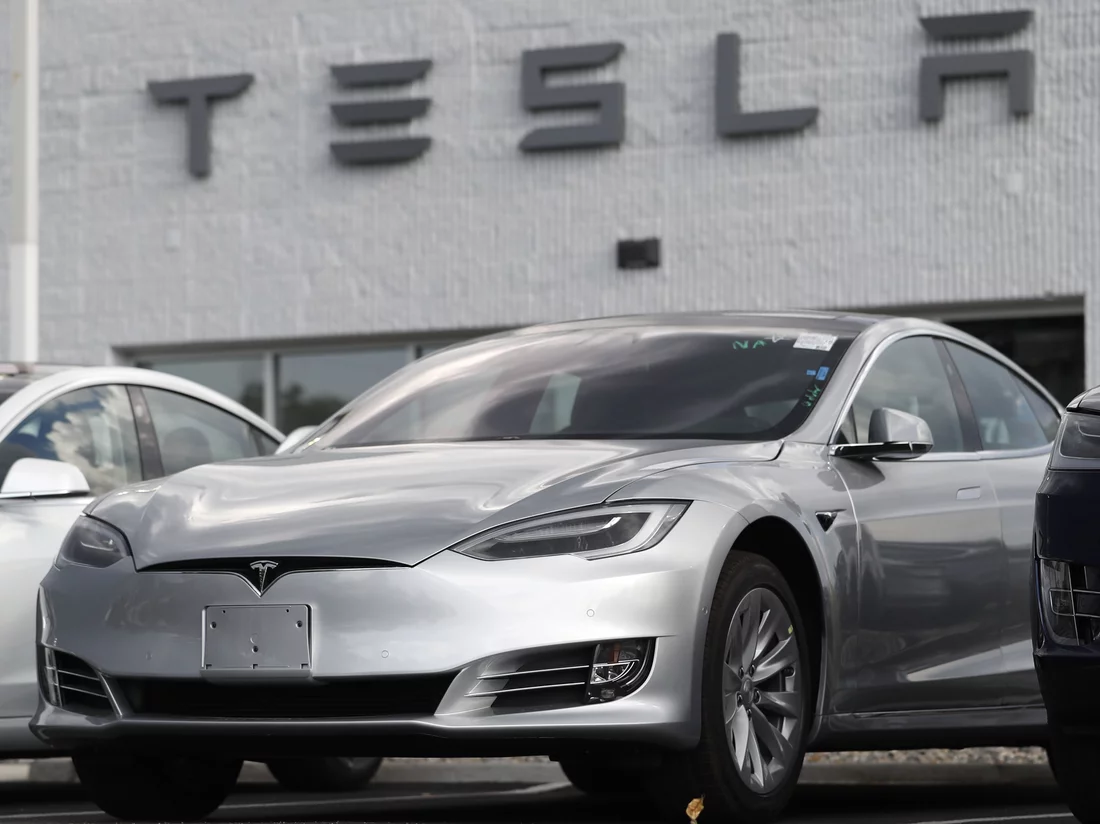
The rapid progression and merging of electric and driverless vehicle technologies are fundamentally transforming the luxury automotive landscape. This evolution is reshaping not only how consumers view transportation but also the broader concept of mobility. In this piece, LUXUO focuses on two key trends shaping the Electric Vehicle (EV) industry: the impressive rise of electric vehicles themselves and the exciting integration of autonomous driving technologies.
Charging Ahead
Gone are the days when electric cars were viewed as niche alternatives; they are now strong competitors on the global stage. The Tesla Model Y achieving the status of the best-selling vehicle worldwide in 2023 is a testament to this shift, highlighting a growing acceptance among consumers for EVs.
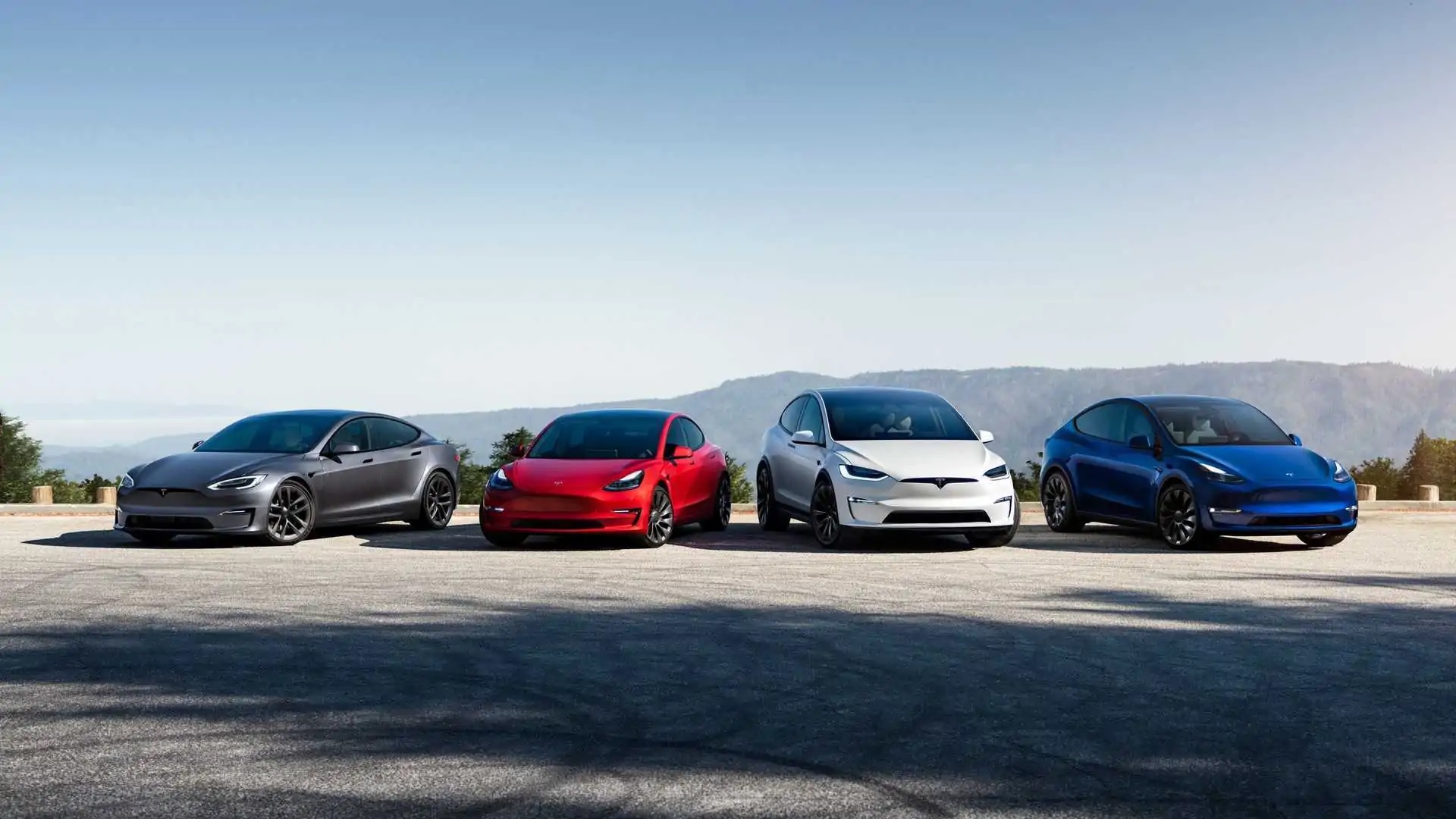
Additionally, Tesla’s innovation of “single-crystal electrodes” promises to significantly enhance battery longevity, boosting the reliability and lifespan of their vehicles. Tesla’s influence on pushing the automotive industry toward electric solutions is undeniable. However, the journey hasn’t been entirely smooth. Challenges such as delays in product launches, including the much-anticipated Cybertruck, and rising concerns over reliability have raised questions about Tesla’s long-term position in the EV market.
Battery technology has witnessed remarkable advancements as well. Automakers like Honda are developing prototype solid-state batteries capable of powering an EV for up to 1,000 kilometres on a single charge, helping to alleviate range anxiety. Luxury brands, such as Porsche, are also making strides in this domain by offering EVs equipped with state-of-the-art battery technology that delivers fast charging and exceptional range, appealing to discerning customers.
Advancements in Autonomous Electric Vehicles
The pace of innovation in autonomous electric vehicles is genuinely impressive. Companies like Ford are stepping ahead of Tesla by achieving Level 3 autonomy, which allows vehicles to handle most driving tasks on their own. Meanwhile, Google’s Waymo has conducted successful tests of Level 4 autonomous taxis in various locations across the United States, paving the way for potential global expansion.
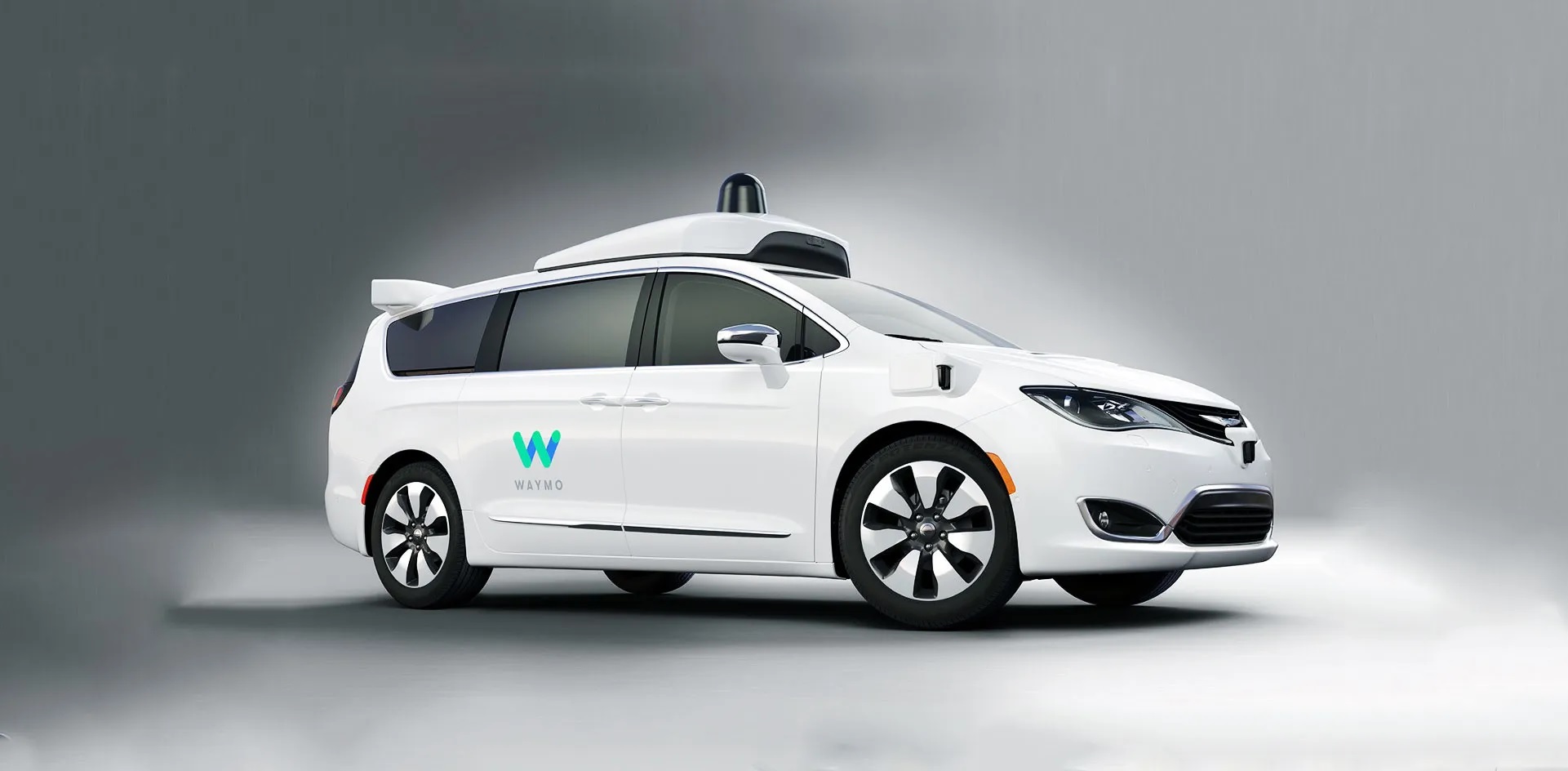
In Europe, the Rimac Group has launched Verne, an autonomous ride-hailing service operating small, two-seater electric vehicles that eschew traditional controls like pedals and steering wheels. By 2026, Verne plans to expand into various cities globally, providing a premium and competitive alternative to conventional ride-hailing options.
Autonomous Vehicles (AVs): Steering Towards Autonomy
The leap in autonomous driving technology has been remarkable. Companies such as Waymo are getting closer to realizing fully autonomous driving, having tested Level 4 driverless taxis in several locations. Ford has gone beyond Tesla’s Level 2 Autopilot, reaching Level 3 autonomy, which empowers vehicles to take on the majority of driving responsibilities independently.
Despite these advancements, challenges persist. Technical limitations and regulatory hurdles continue to pose obstacles to widespread adoption. Most notably, incidents involving self-driving cars have underscored the critical need for rigorous safety testing before these technologies can gain widespread acceptance. In the luxury segment, brands like Mercedes-Benz are leading the charge in ensuring these advanced features are seamlessly integrated into a high-end driving experience while prioritizing safety.
Smart Mobility Startups: Catalysts of Innovation
Within this transportation revolution, startups are at the forefront, crafting innovative solutions that marry autonomy with electrification. Major automakers like Volkswagen have invested significantly in companies like Rivian to bolster their software capabilities for EVs. This collaboration highlights the industry’s recognition of the importance of software integration in modern vehicles.
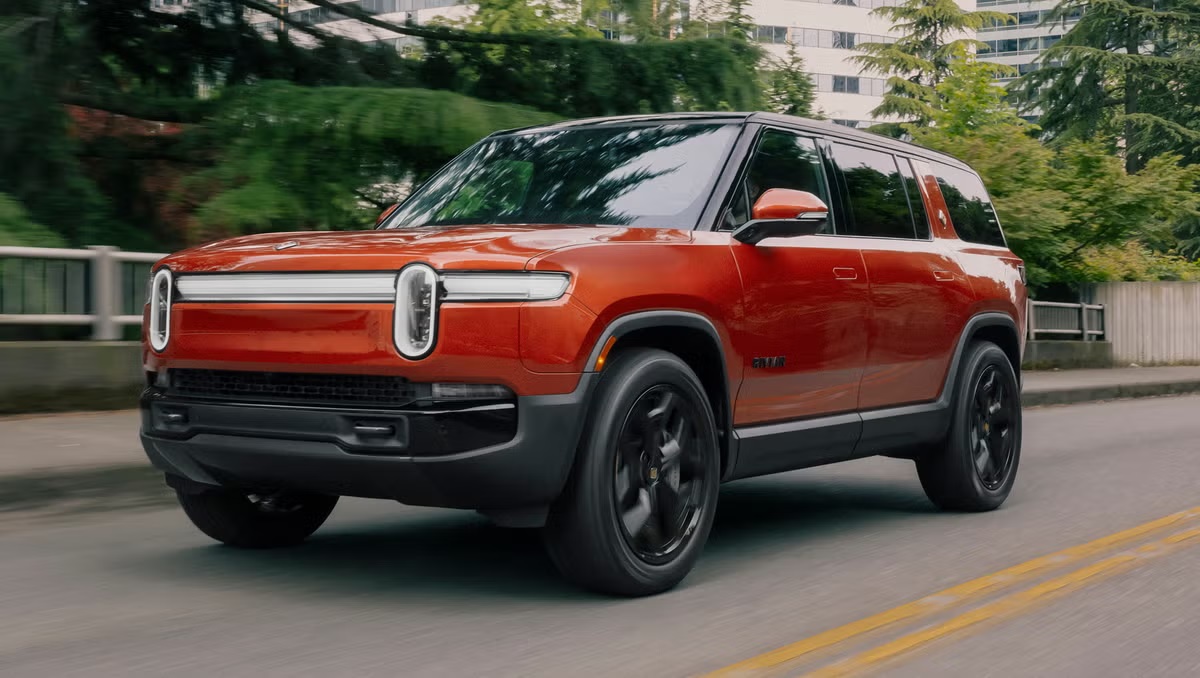
The rise of shared mobility services, including electric scooters and bike-sharing initiatives, has also transformed urban transportation by offering sustainable last-mile solutions. These services play a vital role in achieving global sustainability objectives by reducing environmental impact and alleviating traffic congestion.
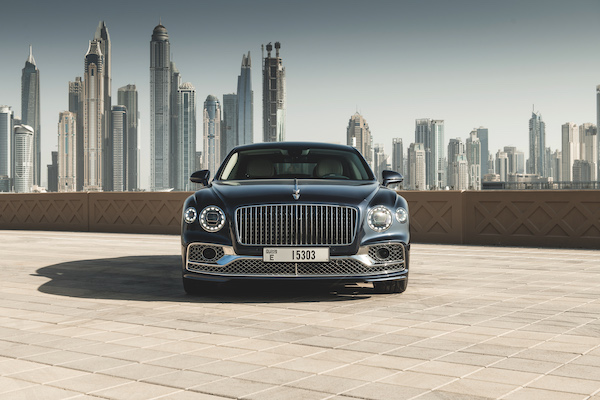
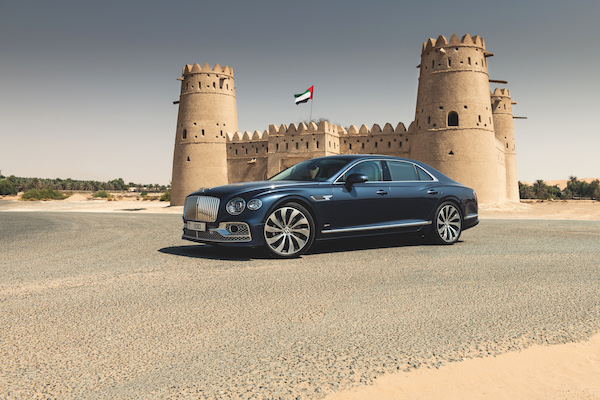
While the strides made in electric and autonomous technologies revolutionize the mechanics of driving, the emotional connection luxury cars invoke remains a significant aspect of their appeal. Tesla has effectively shifted the narrative around electric vehicles, and many luxury brands, like Bentley, are not only adapting to electrification but are also intertwining it with their rich heritage of opulence. The Bentley Flying Spur Hybrid, for instance, exemplifies a blend of timeless luxury and forward-thinking sustainability, representing a metaphor for the future of luxury cars. As consumers increasingly seek eco-conscious options, luxury car manufacturers are uniquely positioned to lead the way in marrying avant-garde technologies with opulent experiences.
Government Initiatives: Driving Adoption
One significant aspect of EV startups is their software-centric approach to vehicle development, a revolutionary strategy pioneered by Tesla. This model has reshaped the automotive industry, incorporating features like over-the-air updates, sophisticated infotainment systems, and autonomous driving capabilities. Following this lead, companies like NIO and XPeng are also focusing on developing advanced technologies, including premium smartphones and even flying vehicles.
Conversely, many traditional automakers have struggled with this modern approach due to corporate bureaucracy. While some, like Ford and Volkswagen, have made notable progress in their EV lineups, they often still lag behind in the seamless integration of hardware and software. Nonetheless, established manufacturers such as Toyota and GM are positioning themselves as versatile players within the clean-tech mobility arena, offering a diverse range that includes EVs, hybrids, and even hydrogen-powered vehicles.
Government initiatives are crucial in propelling the adoption of electric and autonomous vehicles. Essential incentives including tax breaks, improvements in charging infrastructure, and supportive regulatory frameworks play a vital role. For instance, the European Union has proposed an effective ban on the sale of new fossil fuel-powered cars by 2035, signaling a significant commitment to electrification.
Luxury automakers are capitalizing on these governmental initiatives. Brands like BMW and Audi are aligning themselves with this momentum, pledging to deliver fully electrified lineups by the early 2030s to ensure compliance while maintaining their renowned standards of performance and exclusivity.
The Symbiosis of Autonomy and Electrification
The worlds of electric propulsion and autonomous driving are inherently complementary. The intricate algorithms required for self-driving technology demand precise control, which electric drivetrains are more than capable of providing. This combination facilitates smoother acceleration and braking—two necessities for the effective operation of autonomous vehicles. Moreover, EVs tend to feature simpler mechanical systems, resulting in lower maintenance requirements, which is beneficial for autonomous systems.
One significant advantage of this union is enhanced energy efficiency. Autonomous systems can analyze and optimize driving behaviors to minimize energy consumption, including factors like routing, acceleration, and deceleration. This addresses one of the main electric mobility concerns: extending EV range while reducing the frequency of charging.
Challenges and Considerations
Despite the promising future on the horizon, several challenges still demand attention. Substantial research and development investments will be necessary to mesh autonomous technology with electric vehicles successfully. It’s crucial to ensure the reliability and safety of these systems, which will involve comprehensive testing and validation. For luxury brands, another layer of difficulty lies in preserving their legacy of craftsmanship and prestige while navigating this technological evolution. Many are investing in customization options and seamless in-car experiences to retain their allure among affluent customers.
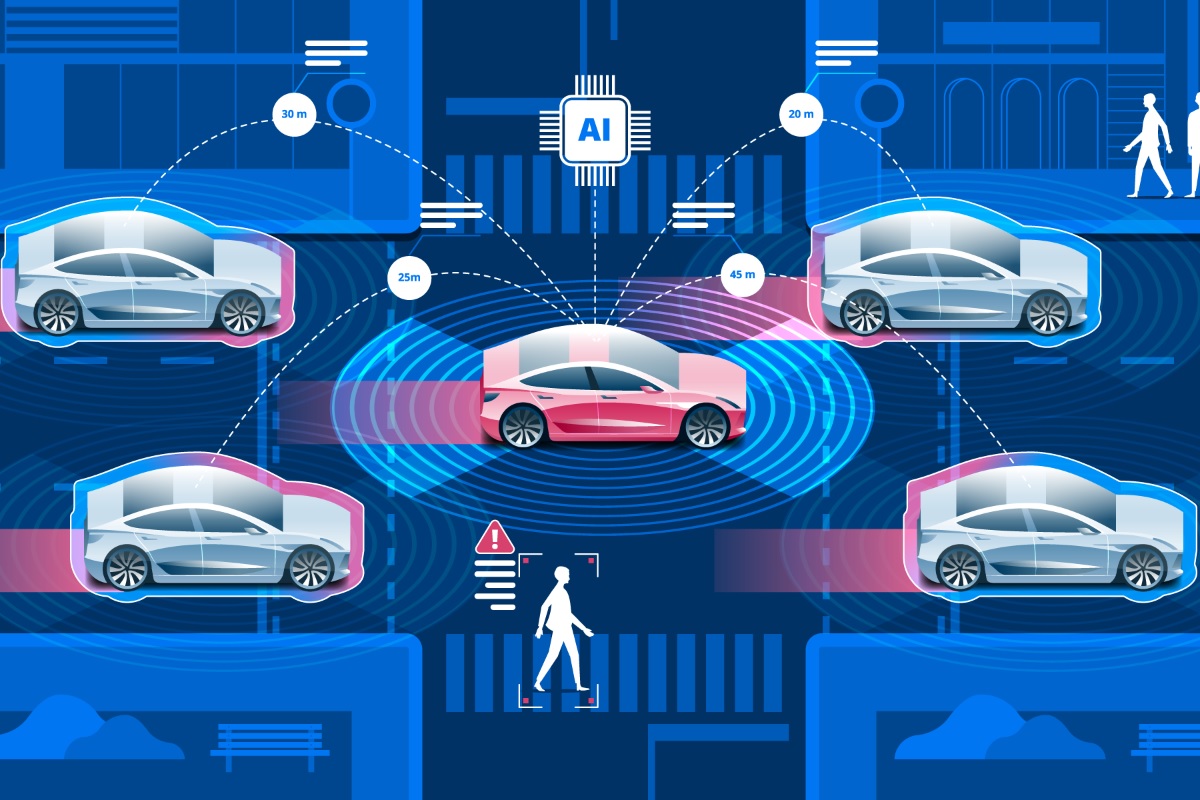
Another critical factor to consider is the development of supporting infrastructure. The widespread deployment of autonomous electric vehicles hinges on the availability of robust charging networks and advanced infrastructure capable of facilitating vehicle-to-grid communication. Additionally, autonomous ride-sharing services necessitate adjustments in urban planning, which could potentially reshape public transit and alleviate traffic congestion.
The Road Ahead
Even with the substantial enthusiasm surrounding electric and autonomous vehicles, the industry encounters various challenges that may hinder its growth trajectory. One primary obstacle is the urgent need for extensive workforce reskilling. As the automotive environment shifts toward electrification and autonomous technology, there is a growing demand for new skill sets that may not be present among the existing workforce. In response, significant investments are being made in training and development programs to equip workers for this transformation, preparing them to meet the demands of an evolving sector.
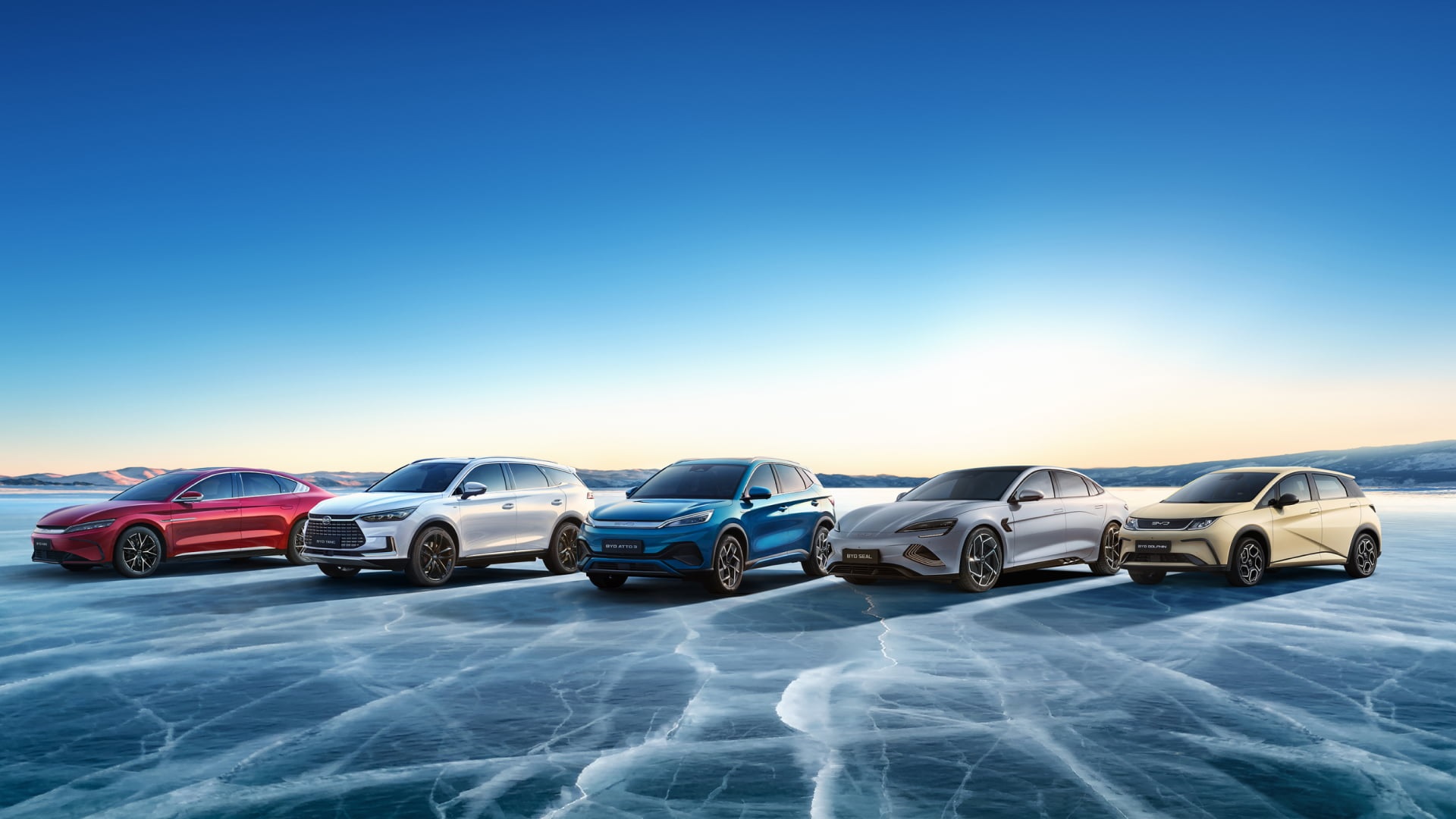
Furthermore, moving ahead requires addressing significant consumer concerns. Topics such as vehicle safety, range anxiety, and the creation of reliable charging infrastructures need to be prioritized to build consumer confidence and encourage the adoption of electric and autonomous vehicles. If these essential components are neglected, growth could face a slowdown, even as technological advancements continue to progress.
Nevertheless, the harmonious convergence of electric and autonomous driving technologies is reshaping the future of transportation. A transformative new era of mobility is on the horizon, propelled by continuous innovation from startups, collaborative efforts between industry leaders, and proactive government regulations focused on promoting sustainability and renewable energy. As these technologies progress, the vision of a self-sufficient, sustainable, and efficient mobility ecosystem is becoming an increasingly tangible reality.
At the heart of this movement, electric and autonomous vehicles are not just set to revolutionize transportation; they are poised to redefine it entirely. The blending of these technologies presents an opportunity to enhance efficiency, improve safety, and significantly lessen the environmental impact associated with traditional transportation systems, laying the groundwork for a greener, more seamless future.